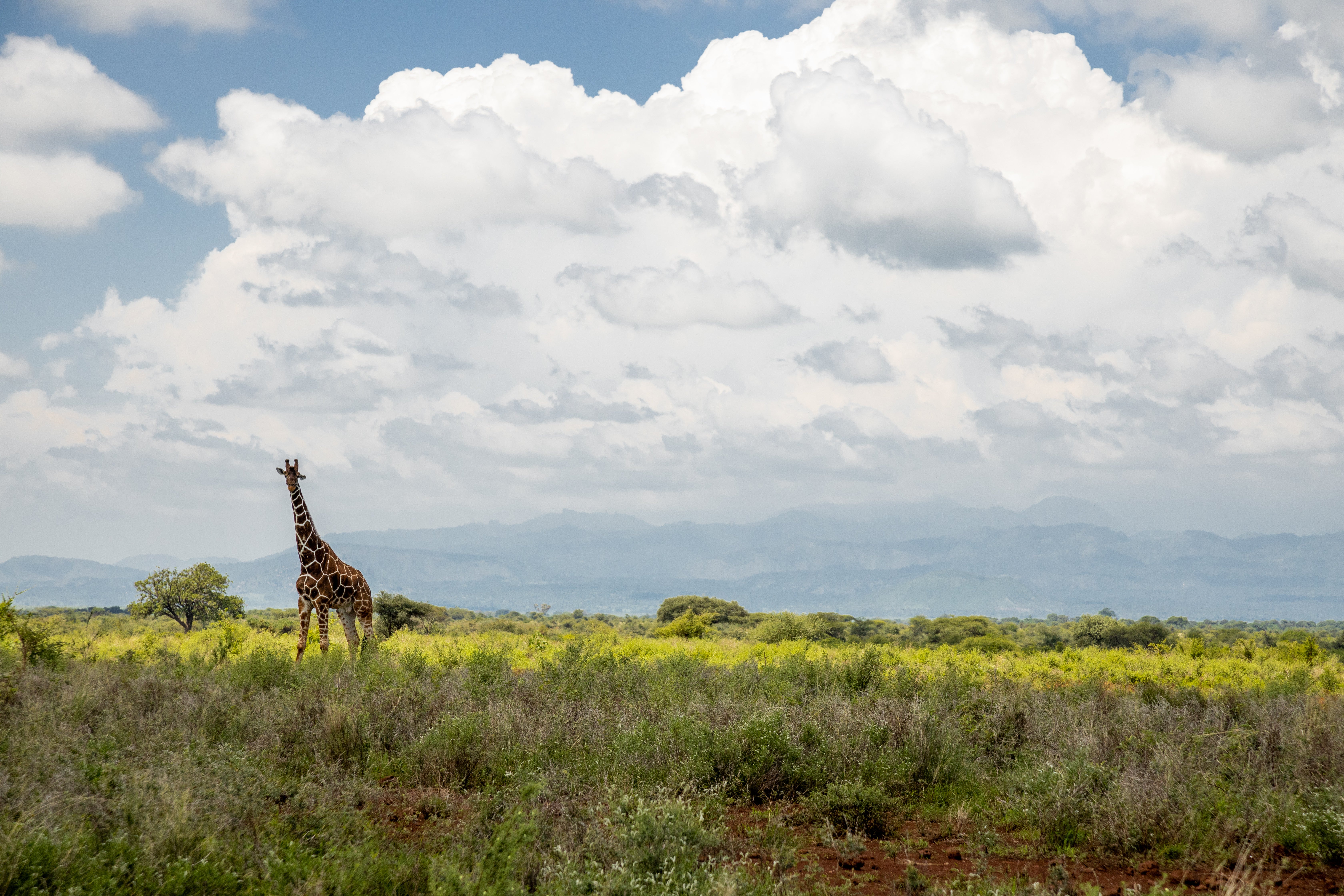Human destruction of nature speeding up wildlife decline
Unprecedented loss of species highlights that human interactions with the planet are unsustainable

Your support helps us to tell the story
From reproductive rights to climate change to Big Tech, The Independent is on the ground when the story is developing. Whether it's investigating the financials of Elon Musk's pro-Trump PAC or producing our latest documentary, 'The A Word', which shines a light on the American women fighting for reproductive rights, we know how important it is to parse out the facts from the messaging.
At such a critical moment in US history, we need reporters on the ground. Your donation allows us to keep sending journalists to speak to both sides of the story.
The Independent is trusted by Americans across the entire political spectrum. And unlike many other quality news outlets, we choose not to lock Americans out of our reporting and analysis with paywalls. We believe quality journalism should be available to everyone, paid for by those who can afford it.
Your support makes all the difference.Destructive human activities on nature have contributed to 68 percent decline in mammals, birds, amphibians, reptiles and fish between 1970 and 2016, a new report by the World Wide Fund for Nature (WWF) has found. Scientists warn that the unprecedented annihilation of wildlife is the clearest sign of a natural systems failure.
The 2020 edition of the Living Planet report reveals that significant numbers of species populations have been wiped out, posing serious risks to human health and wellbeing. Modern day lifestyle characterised by vibrant global trade, urbanisation and population growth have pushed human consumption of natural resources to exceed the rate of earth’s regeneration according to the report.
Species exploitation, pollution and climate change are also some of the factors contributing to decline in wildlife populations. Conversion of grasslands, wetlands and savannahs into agricultural use has rendered wildlife species homeless contributing to their decline.
Currently a third of all the land mass is under agricultural use with Jeff Worden, Director Conservation Impact, WWF terming existing food production systems as unsustainable. “Land use for food production is one of the main factors contributing to biodiversity and habitat loss.There is a need to re-examine how we produce food to bend the curve on biodiversity loss,” says Worden.
Wildlife and ecosystems are important to human life, with wanton destruction of nature linked to zoonotic diseases such as Covid-19 and Ebola.
“Destruction of animal’s natural habitats is fuelling the spread of zoonoses with 70 percent of emerging diseases linked to a wildlife origin,” says Nancy Githaiga, Head of Conservation Programmes, WWF.Freshwater species are adversely affected with almost one in every three threatened with extinction.Mammals, amphibians, reptiles, birds and fish in the freshwater have declined by 84 per cent since 1970. “Climate change is a growing threat to our water resources. Already, we see the extremes it has brought about such as drought and floods,” says Nancy, noting that threats to aquatic species are even worse for Kenya, which is classified as a water scarce country. More than 85 percent of wetlands have been lost globally in the past 300 years. In Kenya, the leading manifestation of the phenomenon is drying of rivers.
“If we continue the same way, we could lose all wetlands by 2100. Freshwater is a finite resource and the population is increasing, thus the need to distribute it in a sustainable way,” adds Nancy. Warmer global temperatures and air and water pollution have pushed out some species from their original habitat.
Similarly, invasive species compete with native species for resources contributing to loss in biodiversity. The report paints a gloomy picture for some bird species such as the African grey parrot that has experienced a 90-99 per cent population decline due to illegal wildlife trade and habitat loss.
The Living Planet Index (LPI), produced by WWF and the Zoological Society of London, used data of 20,811 populations of over 4,000 species monitored between 1970 and 2016.Dr Margaret Kinnaird, Leader International Wildlife Practice, WWF says LPI data is used to determine the health of animal populations at any given time since 1970. Biodiversity loss not only poses threats to the environment, but to the economy as well. “Our economies are embedded in nature.
Protecting nature is critical in improving our economic prosperity,” says Worden. Weakening nature and biodiversity where humans derive dietary nourishment could worsen the existing food scarcity, authors of the report say. Economic implications of species loss could be worse for Africa, which relies heavily on nature capital- earth’s renewable and non-renewable resources such as plants, minerals and soil.
Kenya for instance relies heavily on tourism. The sector mainly anchored on safari tourism, contributes 11 per cent to the Gross Domestic Products which measures the value of economic activity within a country and 12 per cent of the country’s employment. The United Nations Environment Programme shows that the global stock of natural capital per person has declined by 40 percent since the early 1990’s while the human capital has increased by 13 percent.Urgent action could help reverse the rate of species loss.
Citing examples of wildlife species that were threatened by extinction, but are now recovering, Margaret says communities have a huge role to play in mitigating the damage on biodiversity loss.
Mountain gorillas found in Virunga National Park in the DRC have for example increased from a meagre 200 in the 1980s to more than 1,000 presently. “In Virunga, community conservation efforts and political will helped the species to recover,” she says.

This article is reproduced here as part of the Giants Club African Conservation Journalism Fellowships, a programme of the charity Space for Giants and supported by the owner of ESI Media, which includes independent.co.uk. It aims to expand the reach of conservation and environmental journalism in Africa, and bring more African voices into the international conservation debate. Read the original article here.
Join our commenting forum
Join thought-provoking conversations, follow other Independent readers and see their replies
Comments